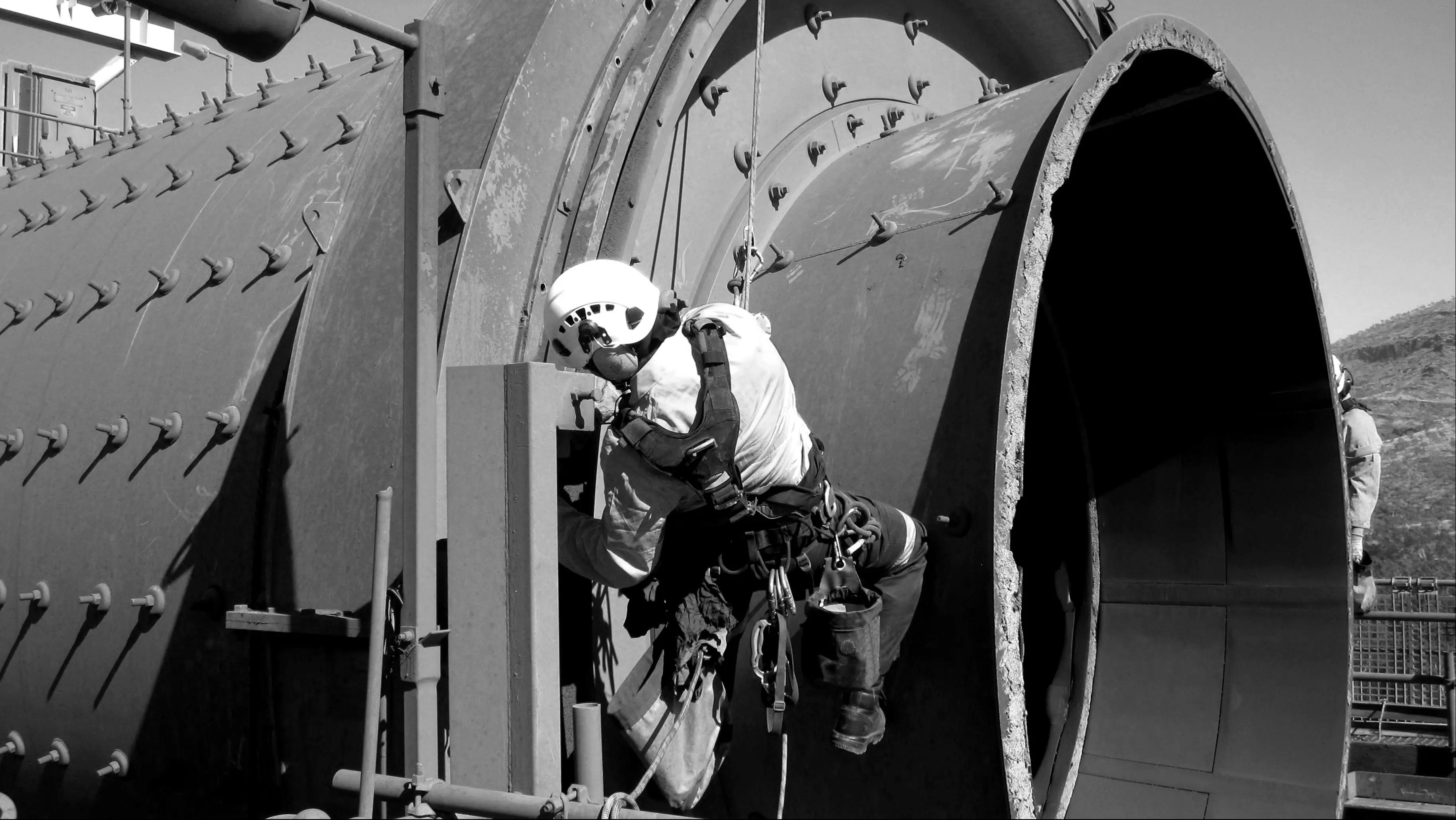Summer safety: protecting workers from heat stress
As Australia heads into another scorching summer, heavy industries like mining, construction, manufacturing and utilities face a familiar but growing...
PRODUCTS
Ideagen Workforce Safety
Workforce management software
Ideagen EHS
AI-powered EHS platform
Ideagen Machine Safety
Machinery safety and compliance
Ideagen Policy Logic
Policy, learning and assurance
Ideagen Procedure Management
Operations, people, training and compliance
Ideagen Mail Manager
File storage, collaboration and email
Ideagen Carbon Accounting
Emissions, energy and climate impact reporting
Ideagen Healthcare Guardian
Digitise governance, assurance and compliance
Ideagen Quality Management
Enhance quality management processes
Speak to our expertsAbout improving your safety, |
|
|
|
|---|---|
|
|
SUPPORT |
COMPANY |
|---|
|
Contents
Local governments rely heavily on machinery and equipment to deliver essential services such as road maintenance, waste management and public infrastructure projects. Ensuring the safety and compliance of this machinery is not only a legal requirement but also a critical factor in protecting workers, the community and local government assets. However, maintaining compliance can be a complex challenge, given the range of machinery used and the ever-evolving regulatory landscape.
This article explores the common challenges local governments face in machinery safety, the key regulatory requirements and effective strategies to improve compliance management.
Local government organisations must manage a diverse fleet of machinery and equipment, ranging from heavy construction vehicles to smaller maintenance tools. This complexity brings several challenges, including:
Limited resources: many councils face budget constraints that impact their ability to upgrade machinery, invest in new technologies or conduct comprehensive safety programs
Unclear responsibilities and ownership of work: without clear accountability, tasks such as safety checks, compliance tracking and maintenance scheduling can be overlooked
Inconsistencies across departments: different teams may use different processes for recording safety information, leading to miscommunication and inefficiencies
Misinterpretations of obligations: understanding and applying regulations correctly can be difficult particularly when dealing with multiple legislative requirements across various jurisdictions
Disorganised document management: keeping track of inspection records, maintenance logs and compliance documentation can become overwhelming, especially when relying on paper-based or fragmented systems
Addressing these challenges requires a structured approach to compliance management, leveraging best practices and technology to improve safety outcomes.
Local governments must adhere to various requirements to ensure the provision of safe plant and structures, safe systems of work, information, training and supervision. In Australia, compliance is guided by:
Understanding and complying with these regulations is critical to avoiding legal penalties and ensuring a safe working environment.
Maintaining machinery safety and compliance in local government requires a structured and proactive approach. By implementing best strategies and leveraging technology, councils can reduce risks, improve efficiency and ensure regulatory compliance.
Technology plays a crucial role in addressing the key challenges of machinery safety and compliance in the local government space. Some of these technologies include:
Ideagen Plant Assessor has a suite of tools to help you better manage the safety and compliance of your council’s fleet of machinery. Contact us today!
Check out our webinar Mastering machinery safety and compliance: a guide for local government and get a free, downloadable guide as a thanks for watching!
Disclaimer: This article is intended to provide general information on the subject matter. This is not intended as legal or expert advice for your specific situation. You should seek professional advice before acting or relying on the content of this information.

As Australia heads into another scorching summer, heavy industries like mining, construction, manufacturing and utilities face a familiar but growing...

In today’s fast-paced and unpredictable business environment, safety is often viewed as a regulatory necessity rather than a strategic advantage....

Do you work in manufacturing, construction, oil and gas, or utilities? If so, you already know your industry is at a heightened risk for accidents...
